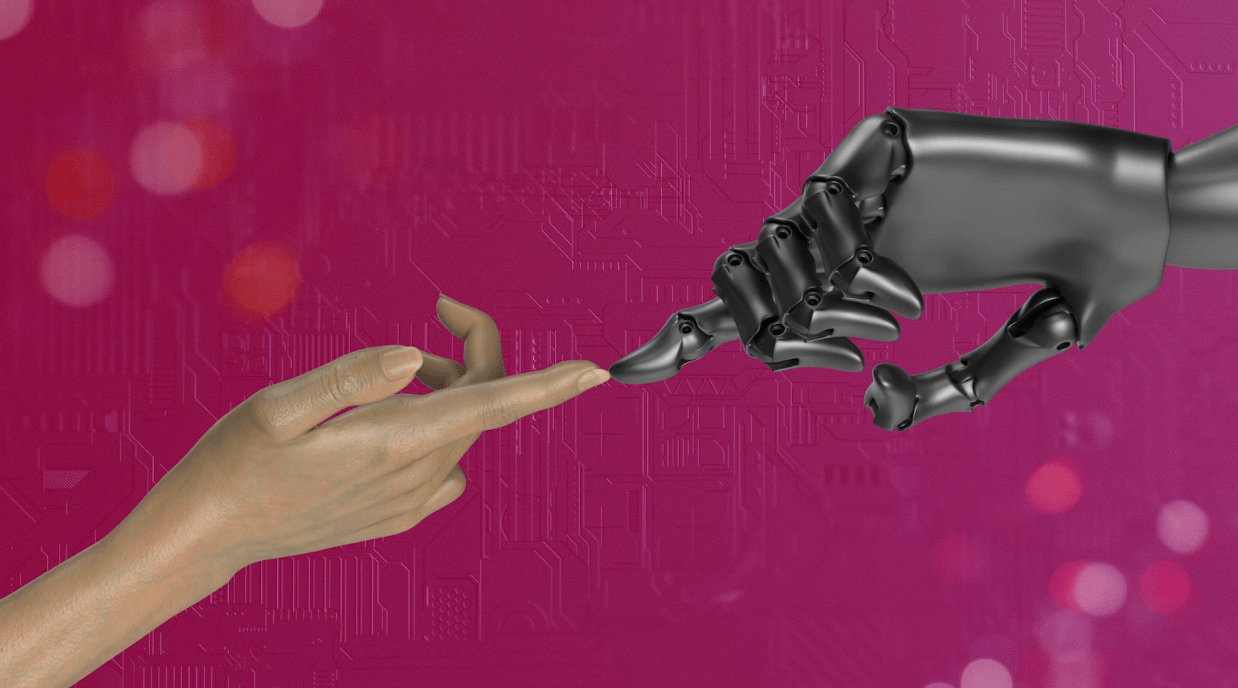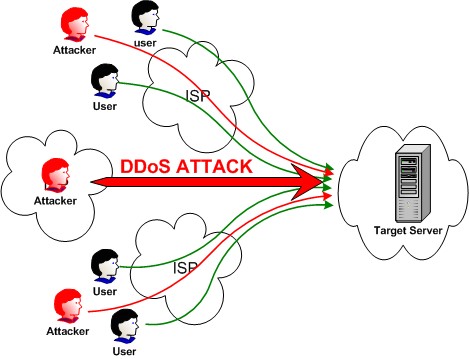 Ever since the nineteenth century, consumers around the world have relied on reliable sources of energy from batteries. These batteries come in a whole range of sizes, shapes, and strengths. We have them in TV remotes and we have them in aeroplanes. We have them in our watches and we have them in hospitals. So, when we need them most to charge our phones for a last minute phone call, or when we need them to power medical equipment – they literally do save lives!
Ever since the nineteenth century, consumers around the world have relied on reliable sources of energy from batteries. These batteries come in a whole range of sizes, shapes, and strengths. We have them in TV remotes and we have them in aeroplanes. We have them in our watches and we have them in hospitals. So, when we need them most to charge our phones for a last minute phone call, or when we need them to power medical equipment – they literally do save lives!
Just like with everything else, us humans are always finding more ways to come up with something different – something unique. Something to make life easier and better, without doing more harm to our environment.
In the energy sector, you’ll notice emerging efforts to improve the efficiency, longevity, and sustainability of battery-powered technology – from cars to windfarms, solar lights to aeroplanes. As the world progresses with new avenues into sustainable technology, we’re finding more ways to power our lives using cleaner sources of energy.
Battery Shop Sussex share three batteries that could eventually power our lives in this infographic.
Sodium-ion
You’ve heard of lithium-ion batteries, right? Well now you need to know about the sodium-ion battery. These batteries work roughly the same as Lithium-ion batteries – ions move from one electrolyte to another, and back the other way when re-charging.
So, what are the advantages?
First, these batteries are far cheaper to produce than your standard Li-ion batteries. This is a big plus for the manufacturing industry, as one the biggest initial set-backs to pursuing greener sources of energy is, of course, the cost. This often makes large companies reluctant to take the first step towards investment.
Second, these new sources of energy have several advantageous features, from reversibility to charge-discharge.
Third, unlike Lithium-ion batteries, sodium-ion batteries can be drained to 0% without causing damage to active materials!
Lithium-Sulphur
Lithium-Sulphur, or Li-S batteries, are rechargeable batteries known for their high specific energy capabilities. Thanks to the low atomic weight of their respective elements, these batteries are becoming more favourable due to their relative mass – about the same as water! When it comes to transportation and making gadgets lighter, these are naturally a winner.
Keep your eyes peeled, everyone, because we can expect Li-S batteries to soon overtake Li-ion batteries thanks also to their higher energy density.
Solid state
When we talk about ions moving from one electrode to another in batteries, we’re referring to ion conductivity. This is the process at the heart of batteries, explaining why their energy depletes and also why we need to reverse conductivity (re-charge them).
A large concern surrounding this process stems from a relatively high risk of liquid combustion. Solid state batteries differ from your typical Li-ion batteries in that they consist of inorganic, solid electrolytes, immediately making them non-flammable when heated.
Second, this means they can cope extremely well with high-voltage, high-capacity materials, making them safer, lighter, and more efficient sources of energy.
The future really is exciting.


























Find Us on Social Media
A MarTech - Marketing and Technology Blog